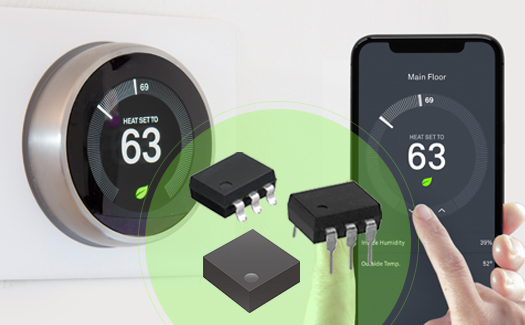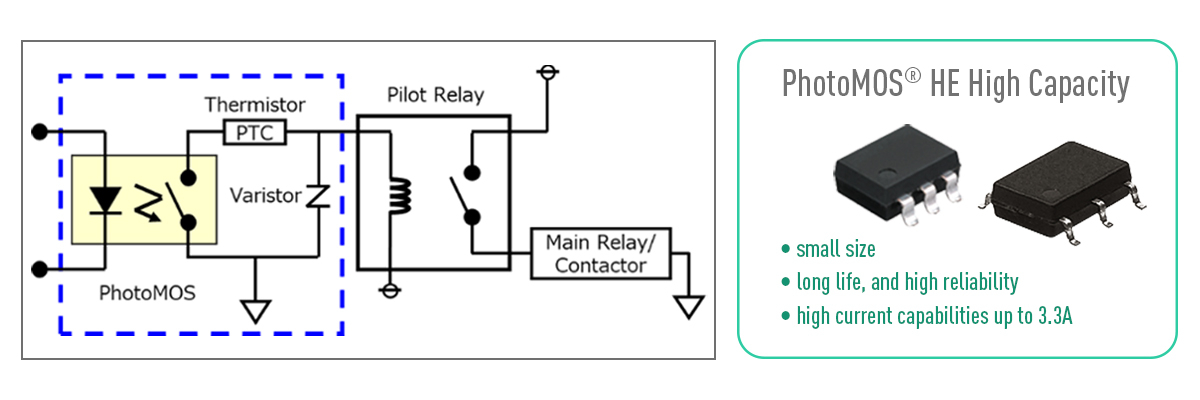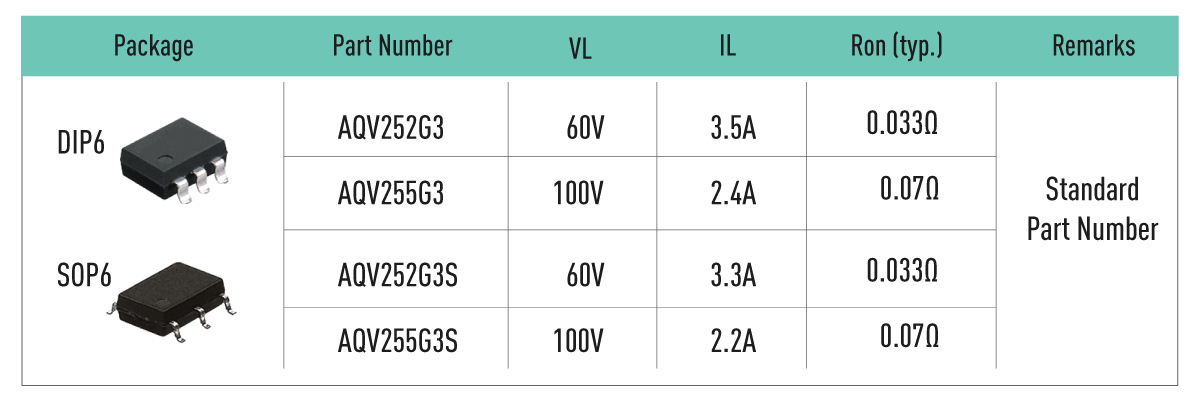
PhotoMOS® Relays for Next Generation “Smart” Thermostat Control
Published on- Relays & Contactors
Present-day digital thermostats have evolved into smart, connected thermostats that are becoming more cost-effective as well as easier to use. With an upgrade in power, size and cost, designers can implement PhotoMOS® technology rather than the previous designs that relied on electromechanical relays.
In the North American thermostat market, the switch to multifunctional and high-end devices is increasing as the acceleration towards smart home environments grows. Traditional thermostat devices usually consist of simple temperature control. As these devices become “smarter”, additional functionality such as Wi-Fi, voice operation, and AI input for temperature control, humidity control, and more appear to be more popular. One of the key components within any thermostat, whether simple or “smart”, is a relay that facilitates communication with the HVAC equipment. Within a smart thermostat device, relays are typically used within the HVAC controller which is used as an input for a larger contactor that turns on the heating elements as shown in the image below.
Relays for HVAC Controller

Although traditionally, electromechanical signal relays have been widely used, Panasonic’s PhotoMOS technology aligns well with the modern thermostat trends of today. PhotoMOS, which uses a current-driven LED for the input and a dual MOSFET per channel as the switching element provides desired benefits for advanced smart thermostats. PhotoMOS are highly reliable relays that feature a smaller form factor to allow for smaller and thinner designs, silent operation due to non-physical contacts, and long life for maintenance-free devices.
Some design considerations should be regarded when transitioning from an electromechanical signal relay to a PhotoMOS solution. A protection circuit containing a thermistor and varistor should be used along with the PhotoMOS as shown in the circuit example below. The thermistor is used to detect high temperatures caused by overcurrent and will open the circuit if it gets too hot while the varistor is needed to protect the PhotoMOS from any reverse voltage as the contactor turns off.
PhotoMOS® Solution

One of our recommended standard devices is our HE High Capacity Type PhotoMOS® that comes equipped with high current capabilities up to 3.3A, small size, long life, and high reliability. Additionally, Panasonic has several custom solutions that feature even smaller sizes, low power consumption, and lower cost. For all inquiries on custom solutions and recommended part numbers please contact Panasonic engineering support.
Recommended PhotoMOS® Part Number List
Learn more about PhotoMOS® HE 1 Form A High Capacity Relays and PhotoMOS® HE SOP 1 Form A High Capacity Relays










